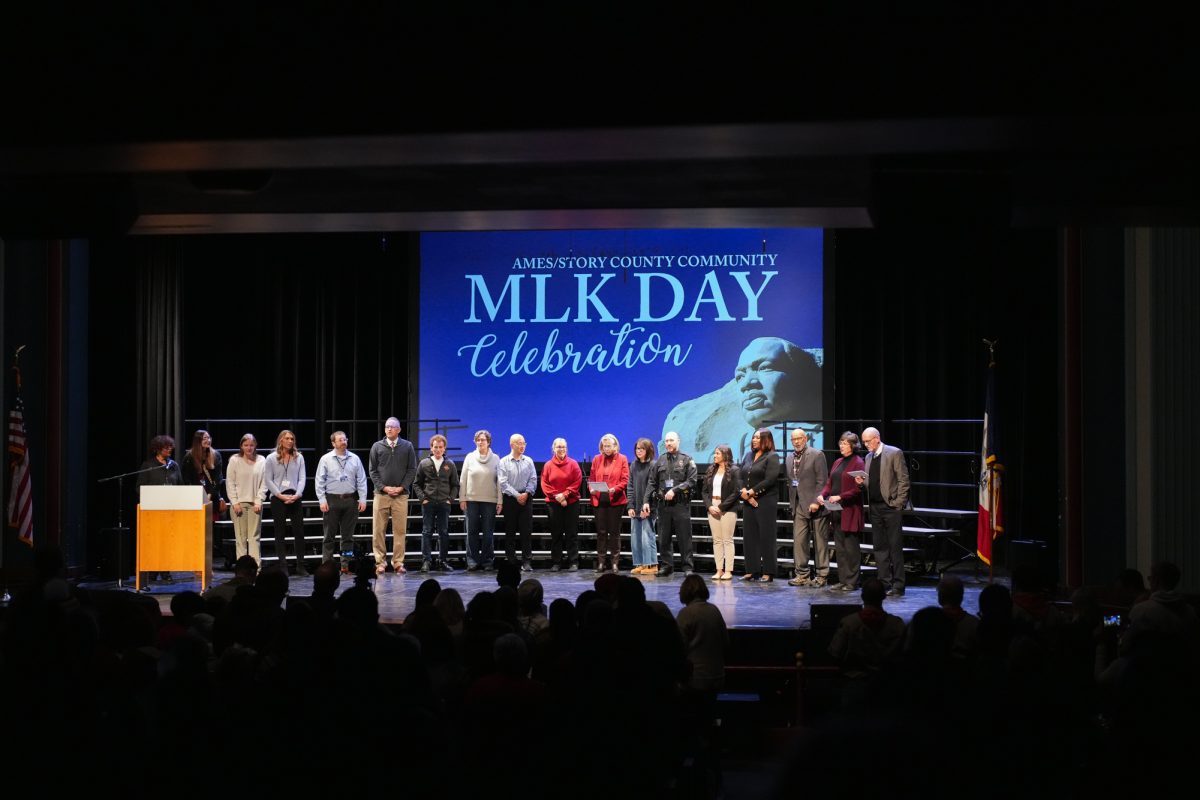COLUMN: ‘Free condom Wednesday’ advocates casual sex
September 8, 2003
Just like the drink specials bars around here trumpet in various publications from week to week, ladies and gentlemen, your resourceful university is now offering free condoms on Wednesdays near the library, according to Shauna Stephenson’s Sept. 3 article “Free condom Wednesdays will help promote safer sex.” There is now little or no cost to getting drunk and laid “safely.” Isn’t that what college is all about (for traditional students)? The freedom to have fun before you have to deal with real life and responsibility, right? Directly above that story were some statistics about the number of college students having unprotected sex.
The University of Wisconsin— River Falls addressed college student sexual activity during a conference held three years ago (www.uwrf.edu). The gathering was the first of its kind in the Midwest, and one of only a few of its kind to be held in the nation. Alice Reilly-Myklebust, coordinator of the student health services at UW-RF, was referring to a survey of the sexual activity among students when she stated that they probably are not as sexually active as their fellow students think they are. Yet, a study of 1,000 UW-M students found that of students between the ages of 18 and 23, 75 percent of the males and 60 percent of the females are sexually active. Let’s review: A substantial number of college students are having unprotected sex. But not all college students are having unprotected sex — or any sex at all.
This group of educators also identified alcohol consumption as a major contributor to sex-related issues and problems. What a surprise. “Because alcohol consumption was identified as a major contributor to sex-related problems, it was suggested that there could be more things for students to do that don’t involve drinking.” Perhaps the health center should do some studies on the correlation between the number of students who claim to be having unprotected sex and their alcohol consumption habits.
The UW-M has a jump-start on promoting safe sex. Since 1988, the HIV Prevention Project has been a student organization funded by student fees. In the beginning, the organization’s goals were to inform students that HIV was a nondiscriminatory virus, and anyone who was sexually active was at risk. Now they’re known as Sex Out Loud: A Project for Sexual Health, and the focus has been changed from addressing the needs of the students most at risk to responding to trends in health promotion. Iowa State should consider doing something similar.
Anyone who chooses to be sexually active before they’re ready to become parents, be it college students or older adults, needs access to birth control and other information on reproductive health for obvious reasons. That’s indisputable. And although there is no evidence to date indicating that giving away condoms encourages more sexual activity, there is another false message that giving away condoms in a public setting sends. It could be interpreted as justification for going through multiple sex partners just like clean socks and underwear. After all, it’s “safe” with a condom.
The reality, however, is that there is no way to prevent the 18 to 25 years old age range of college students from having sex. Although the intentions are good, publicly giving away condoms in the interest of protecting people is not the solution.
A better idea might be to invite health care professionals to give monthly presentations about “safe sex,” birth control options and STDs in all houses of all campus residence halls. Condoms could be distributed on request. In addition, part of the core general education curriculum requirements for undergraduates could include a class on human sexuality.
Given the fact that this is Iowa State and not a private or religious school with rules and curfews, and in this day and age men and women are supposedly considered equal, nobody likes to be told what they can or cannot do. We would all like to think of ourselves as capable of making the “right” choice in any situation. Unfortunately, our culture treats sex like it’s a contact sport. It’s built into our vocabulary through metaphors. Instead of knee pads and helmets, we associate the word “protection” and “safe” with the kind of intimacy that should be shared only with lifelong partners. Why aren’t the emotional consequences of multiple sex partners, protected or not, (which can be as equally devastating as contracting an STD or HIV), addressed as often?
The student health center and the Sloss House deserve some recognition for collaborating and taking some action toward educating students about sexual health, but giving away condoms near the library on Wednesdays may not be the best approach.






